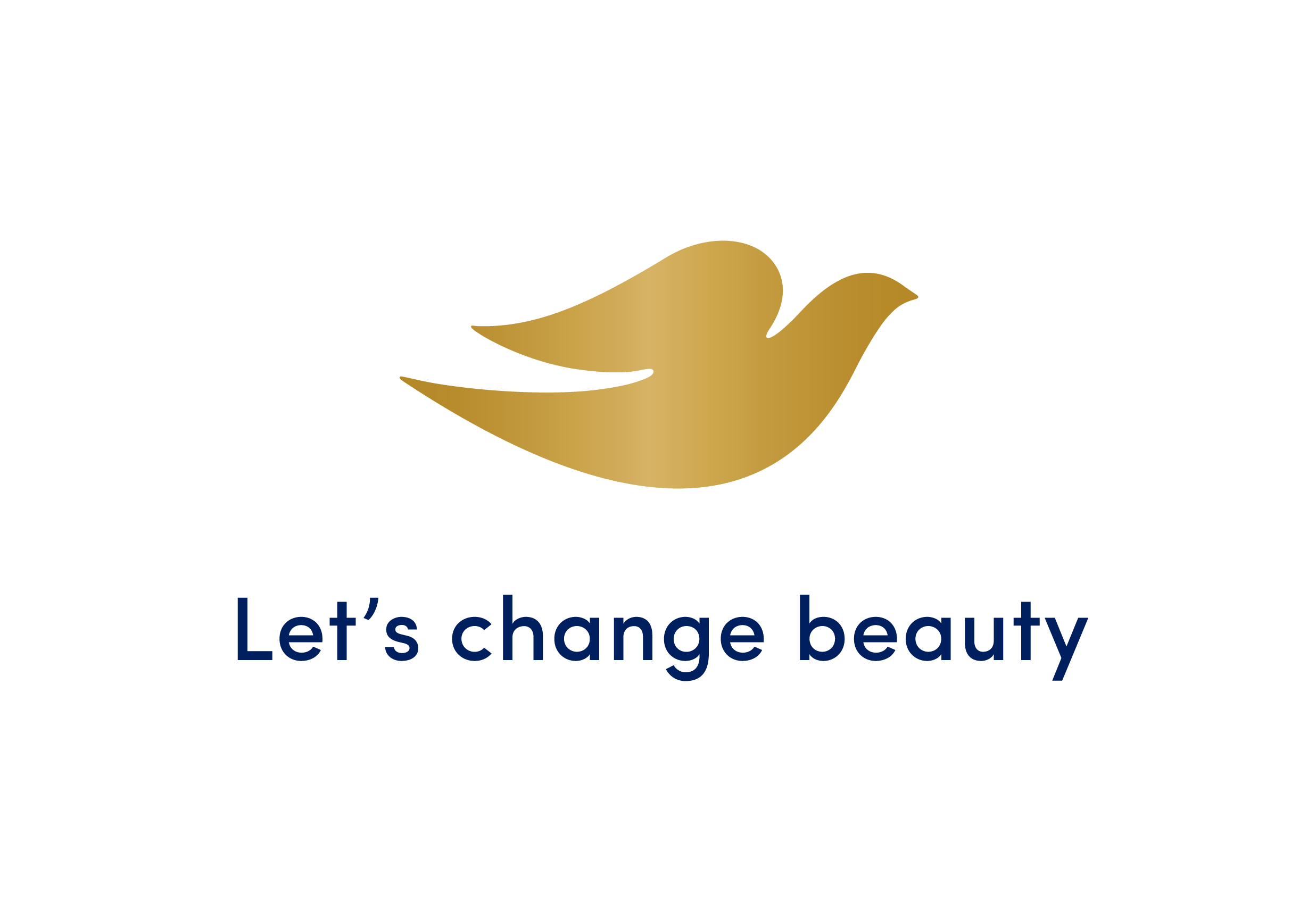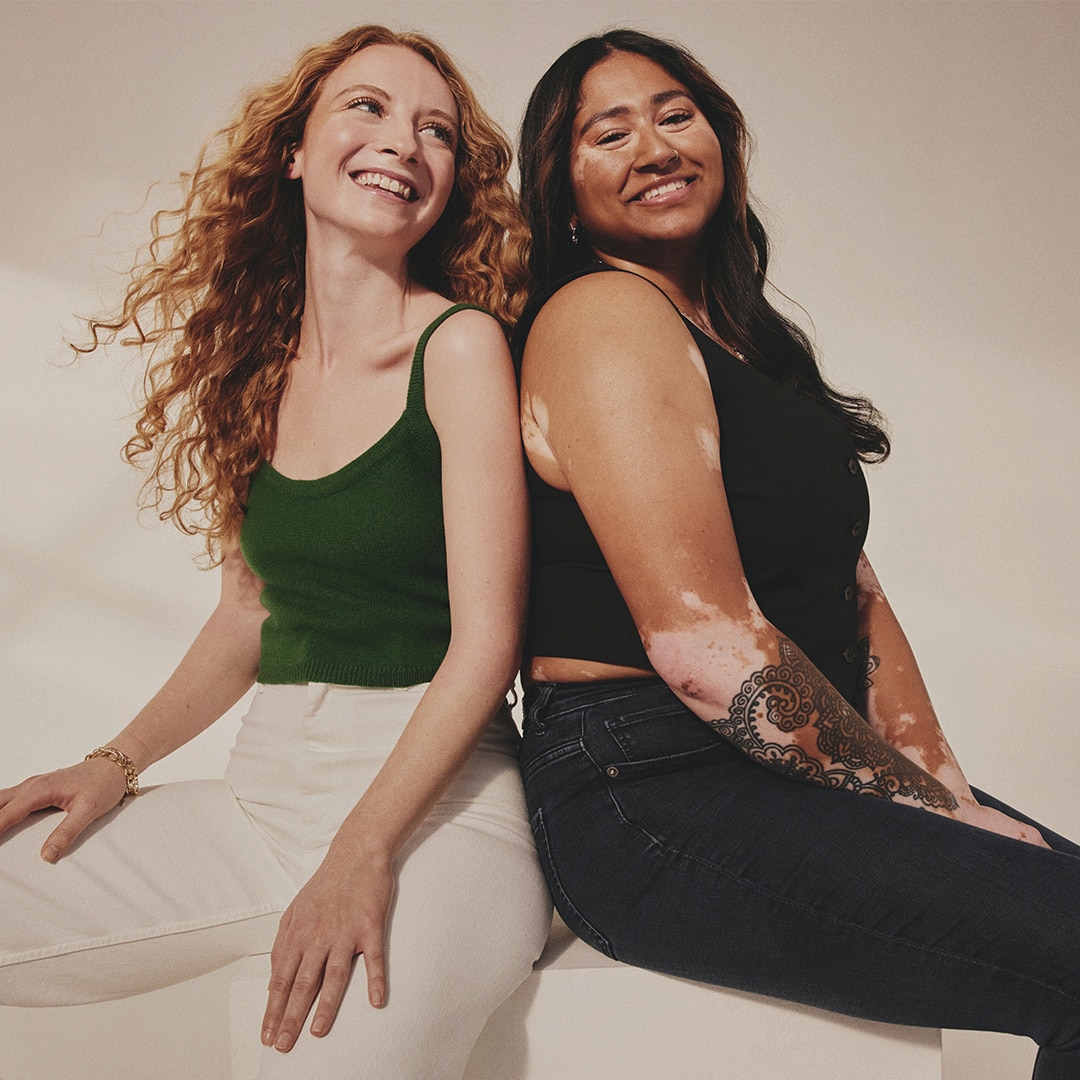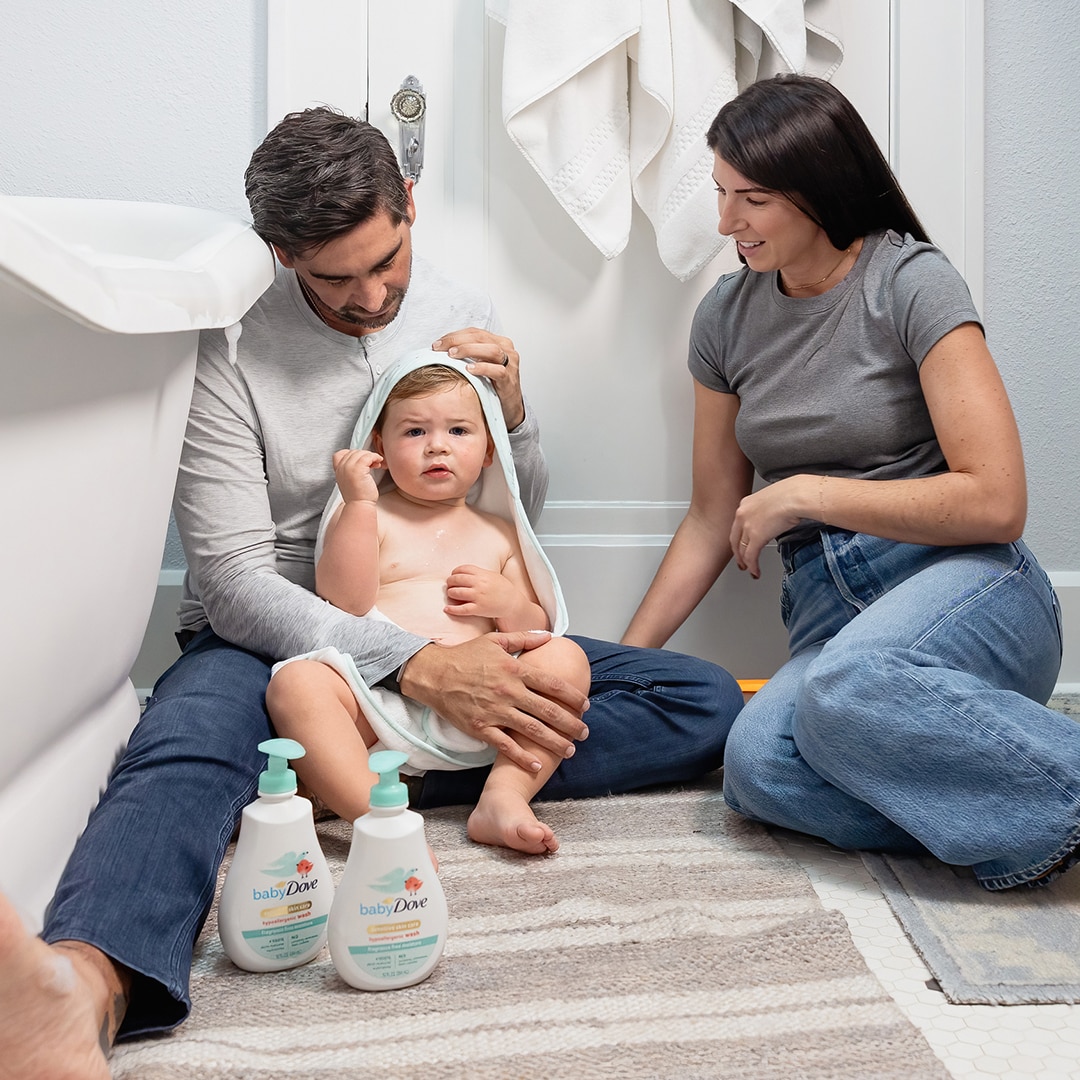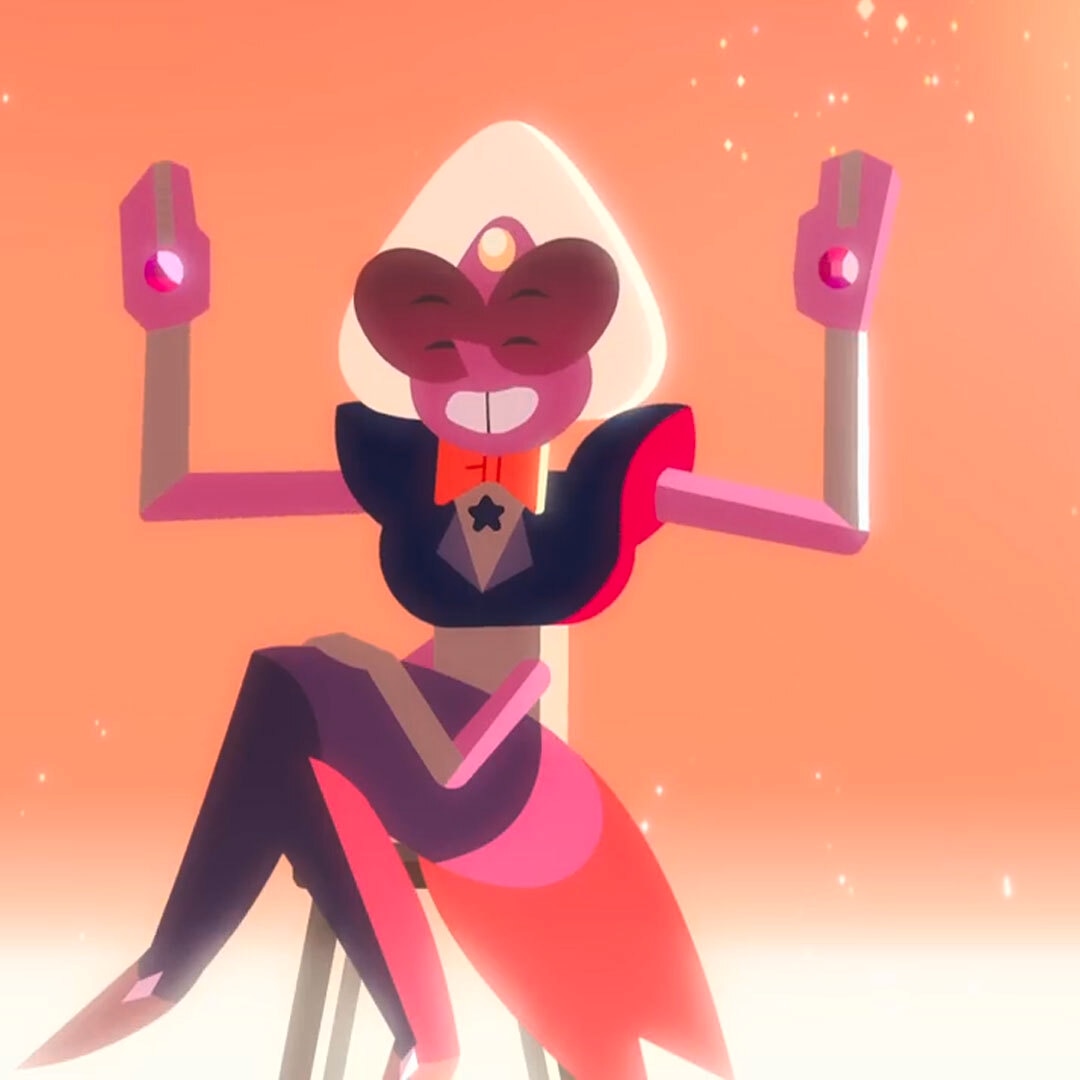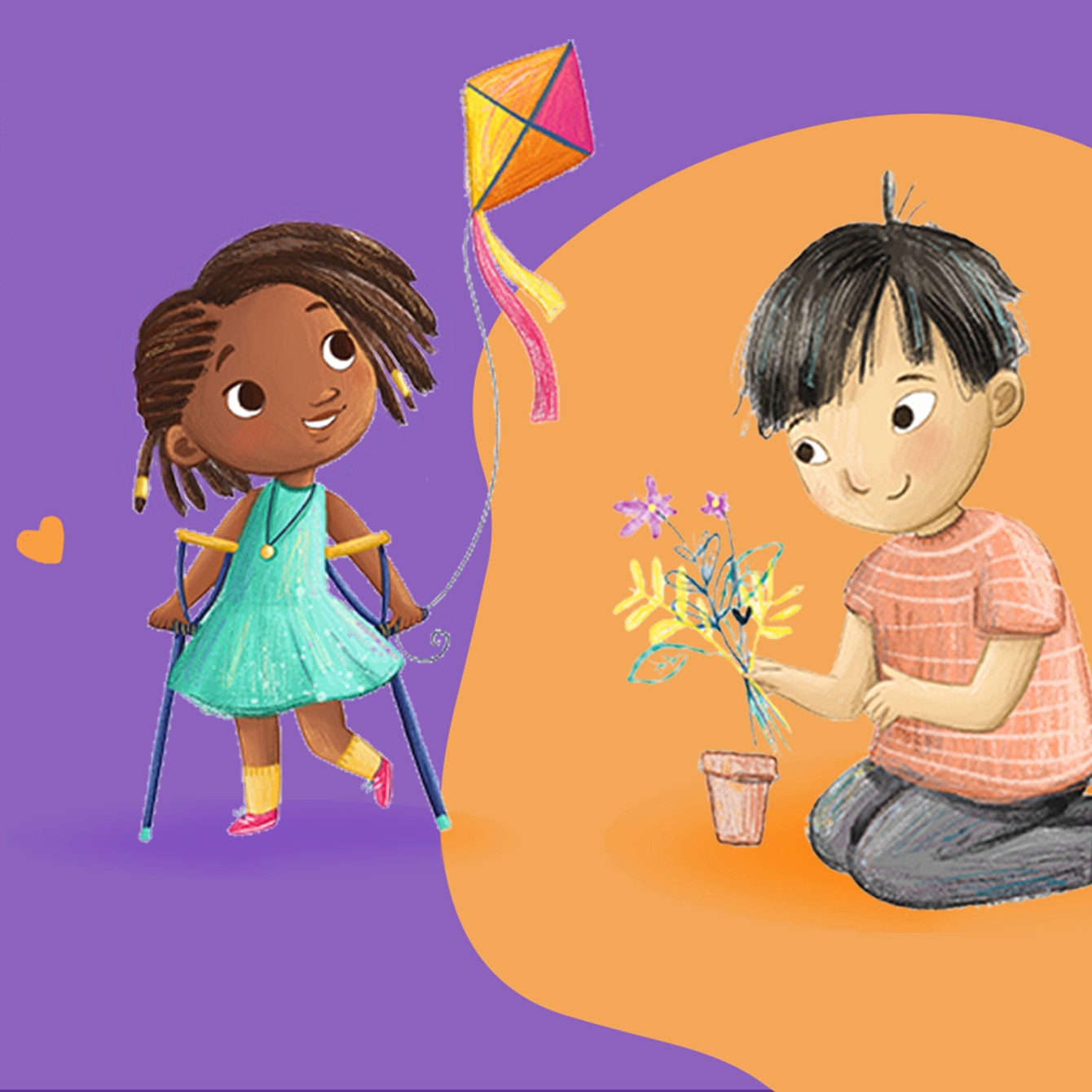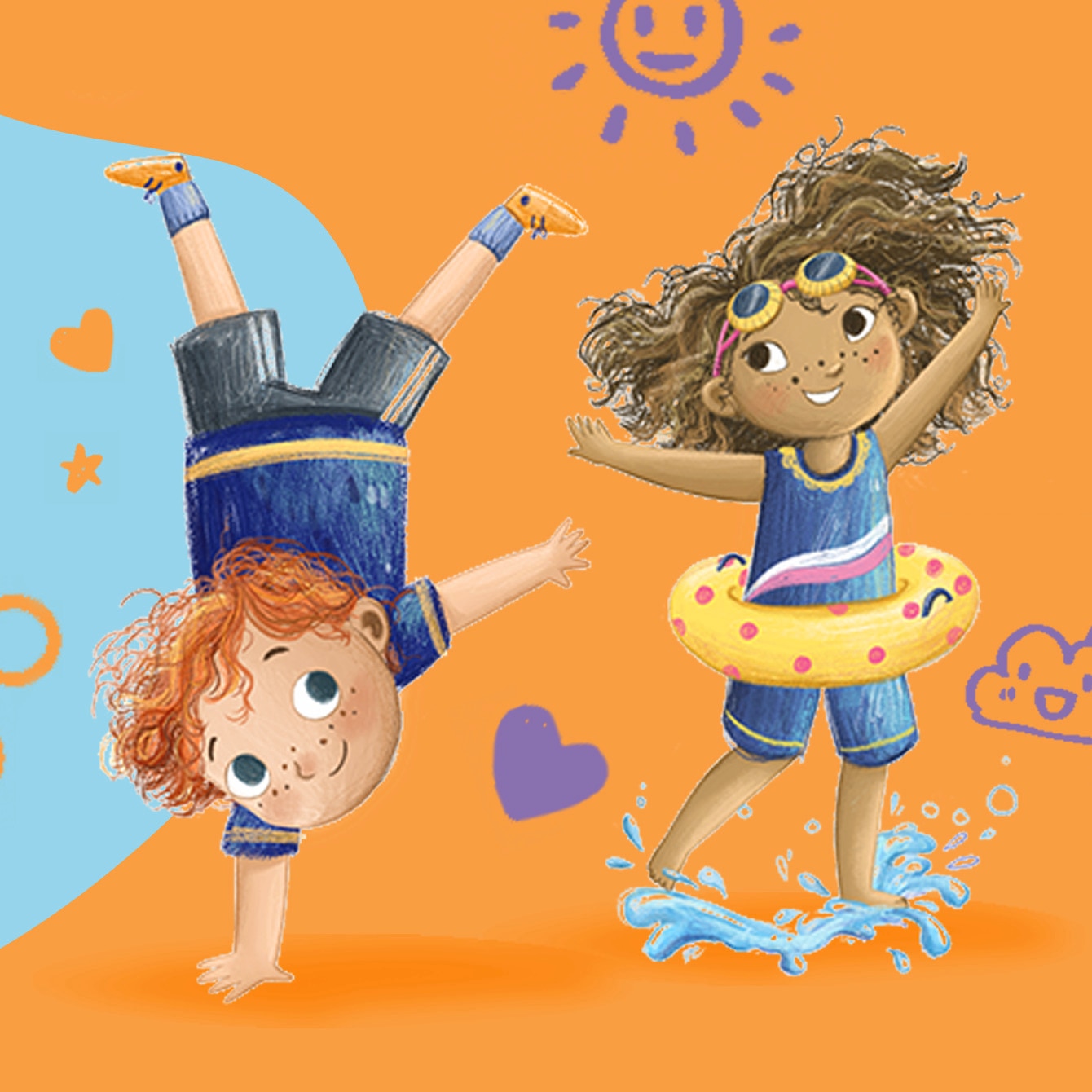Kids are always learning and exploring new things about themselves and the world around them. You might start to notice them becoming more aware and curious about how their bodies look different from others. Sometimes, they may look at, point, or ask questions about other people’s bodies and the way they look. This is the perfect time to start teaching children about diversity and all the incredible things that make them who they are. You can help the kids in your life learn that there is not one ‘ideal’ way to look or be. After all, everybody is unique and this is what makes humans and life so interesting and exciting.
Research suggests that kids as young as 3 may demonstrate negative attitudes towards other people based on looks, including things like their weight, skin color and physical abilities1,2. These negative attitudes and stereotypes about bodies can come from a range of influences, including: how their family and friends talk about bodies, and how bodies are portrayed in both adult and kids’ media.
Most parents and guardians want to encourage kids to respect diversity and teach them that it’s unkind to make comments or to stare or point at someone based on their appearance. And many want to celebrate diversity with them from an early age. The main hurdle is knowing how to do it.
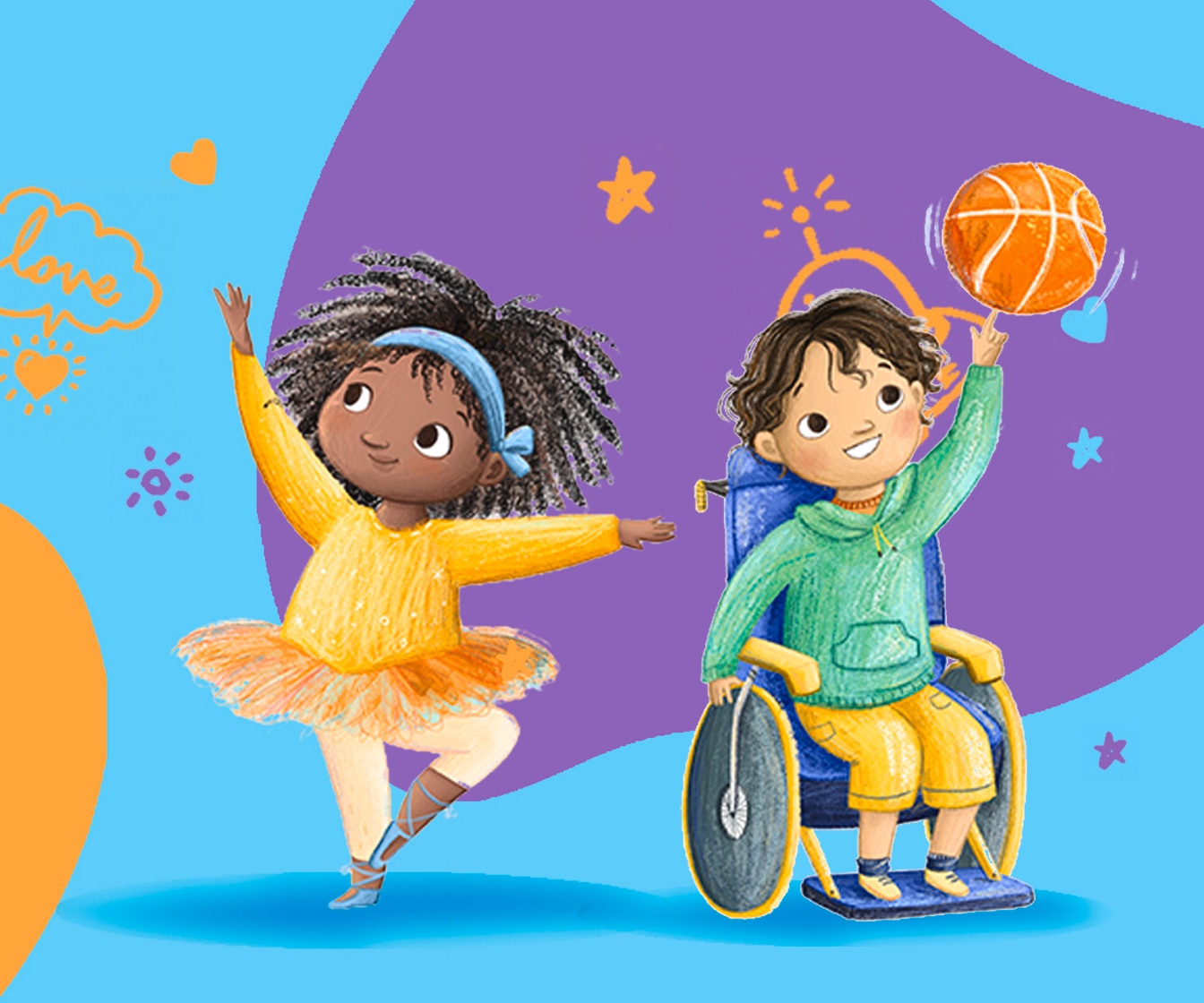
Encouraging kids to celebrate and respect diversity
Although the first step is to avoid making negative comments about how others look, there are other things you can do to show kids that everyone is different, and that is okay. One of the best ways to celebrate diversity of appearance is to talk about inner beauty and qualities other than appearance – kindness, for example.
When talking to your child about other people’s bodies, remind them that their worth, and that of everyone around them, comes from so many different places. You can celebrate their unique talents, skills, interests and values. Try encouraging them to think of the special qualities of the people in their life and what their bodies allow them to do, too. They may come up with examples such as:
- Some people have strong legs and are able to run fast
- Some people have brilliant brains and are able to make up exciting stories
- Some people have big hearts and can make others feel safe and loved
By shining a light on how these differences make us all unique, kids will be more likely to celebrate these aspects in themselves too – learning that their bodies are so much more than appearance.
Parent checklist
- Children’s attitudes and friendship behaviours towards socially stigmatised appearances: Do attitudes vary according to type of difference? (PDF) (614KB)
- “No fat friend of mine”: Young children's responses to overweight and disability
